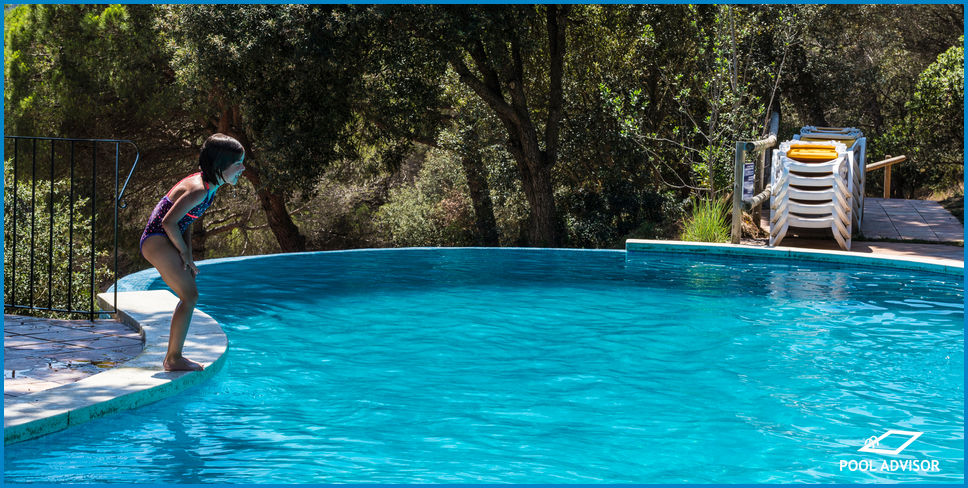
How Can I Tell If My Salt Chlorinator Is Working?
Salt chlorinators, also known as saltwater chlorine generators, salt cells, or SWGs, are the primary method of sanitation in saltwater pools.
These machines use the salt added to your pool’s water in order to produce the free chlorine molecules which kill off unwanted bacteria and algae, but how do you know if your salt chlorinator is working properly?
In this article, we will let you know how to tell if your chlorinator is working by giving you a few different, reliable methods to test it.
How To Tell If Chlorinator Is Working - 4 Ways
Test Your Chlorine Levels
If your salt chlorinator is working, your pool should have adequate levels of chlorine. Test for free chlorine in your pool using a test kit.
Ideal levels of free chlorine in a saltwater pool should range from 2-4 parts per million (ppm) when your saltwater generator is functioning properly and on the correct settings.
Test Your Salinity Levels
The ideal concentration of salt in saltwater pools is typically 2,700-3,400 ppm, but the recommended level for your chlorinator may vary. It will be indicated in the instruction manual for your particular model of chlorine generator.
Once you've located this recommended range, test your salt level. In order for your salt chlorinator to function as it should, your pool will need an adequate amount of salt.
Too much salt in your pool can also cause problems for your saltwater chlorine generator. Because of this, it is important to keep your salinity levels within the recommended range.
Check Generator Indicator Lights
Most saltwater chlorine generators come equipped with indicator lights that will warn you of any problems with the machine’s functioning.
These can include warning lights which indicate that the salt cell needs to be cleaned or replaced, or messages about low salt levels in the pool. Salt chlorinators will not work unless there is enough salt in the pool.
View The Cell
Some models of salt chlorinators have a viewing window that allows you to observe the water passing over the plates of the salt cell while electrolysis is performed.
If your generator comes with this feature, the water you see passing over the plates of the salt cell should turn cloudy or even slightly bubbly as a result of the chemical changes occurring in the water during electrolysis.
If the water you see passing over this unit remains clear, this is a sign that your salt chlorinator isn’t working properly.

Louis
A chemical engineer by trade, Louis is committed to debunking myths in the pool industry by explaining the underlying chemistry and making it accessible to all.
